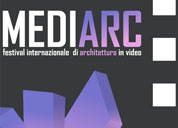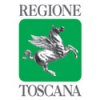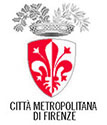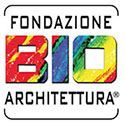IF THE CITY DIES….
In 2015, at a time of accelerating consumption of resources, is it feasible to plan the city of the future?
The increasing concentration of the world’s wealth in fewer and fewer hands, with the concomitant rise in poverty among the masses, makes social equilibrium an ever more elusive goal in urban spaces. Architecture suffers the same processes of degradation and polarisation. On the one hand, hypertechnological towers infest the beautifully manicured city centres, while on the other, peripheral developments fill to bursting point the squalid areas that extend far beyond those centres. With rare exceptions, it is a long time since the city was defined by its walls, or by the limits specified by urban planners. It has spilled over into the surrounding agricultural land, and in so doing has made the landscape ever more uniformly populated with urban agglomerations in which large numbers of people struggle to live together. In contrast, the dormitory towns of the 1960s have begun to seem like desirable residential areas.
Many of the most historic cities have become prey to an insidious false modernity. According to a recent article by the art historian Salvatore Settis, we need to rediscover the real essence of the city and reaffirm its right to authenticity. The anthropologist Marc Augè wants to know from where this eclipse of time comes, this phenomenon that obscures both past and present in the individual and collective consciousness. Is the future of every city really written in its stones and in the tastes, smells and sounds of each of its squares, streets and alleys, as the sociologist Giandomenico Amendola describes in many of his works?
The 15th MEDIARC will be dedicated to research on the connection between the conception and realisation of architecture in the present era. Without any pretence of being exhaustive but with the certainty of offering useful ideas to practitioners, the two days of the festival will offer ideas, images, films and documentaries. The festival will use various well-tried means of communication: video projections, exhibitions of photographs performances and debates between historians, anthropologists, philosophers, sociologists and planners. The main objective is to promote dialogue between the various participants in the debate on the future of architecture, which remains the primary discipline for creating the city.
Round table
(DE)INDUSTRIALISATION AND THE FUTURE OF THE CITY
Right from its inception the city has belonged to the dispossessed. In principle, every citizen has a democratic right to have a say in how it develops. In point of fact, the extraordinary fabric of the cities in which we live provides us with unequivocal evidence of the social conditions of their inhabitants and how they those conditions have varied over the centuries. In many instances, the difficulties in living together experienced by different social groups have resulted in dangerous enclaves or, in contrast, ingenious spaces designed to reduce the level of conflict. In every case, the architecture of the urban landscape tells the story of the struggle to live together.
Today we witness the gradual passage from the industrial to the post-industrial era, which is incurring huge costs in terms of resource usage and the well-being of most of the world’s inhabitants, despite the incorporation of principles of sustainability into each new project. For the urban system, the resulting disruption has brought forth contrasting hypotheses about how to develop it in the future.
Are cities moving towards their natural end? Or is this the moment of their rebirth, driven by new forms of consumption and new ideas about their development? In planning such development, it is easy for the objectives to become confused, which in planning can cause the creative process to stall in a welter of pseudo-sustainable outcomes. Instead, we should be learning how to live with conflict, fear and new situations, so that we can direct proposals for development in the right direction and make them into solid, practical projects. These must offer an architecture that satisfies the present-day demand for places and spaces which are adapted to the needs of all of the strata of urban society.














